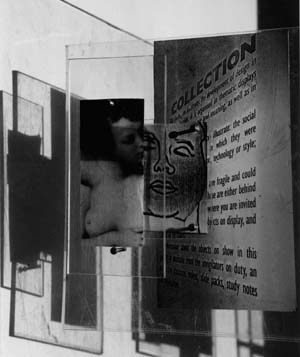
Research & Professional Activity
Perception and the
Museum Experience:
MDP in Progress
Often the barrage of visual stimuli within museums can obstruct and distort viewer's perceptions. Maximizing the amount of artwork in an exhibit can inhibit the viewer from gaining a clear understanding of what (s)he is looking at. In a world that relies on excessive visual information, it is becoming more and more difficult to determine what is relevant to look at. The power of the visual image in its singularity is slowly being undermined and diminished. Within the museum this can lead to confusion and an overall inability on the part of the viewer to connect with or understand a work(s), as well as to distinguish between what is real versus simulated; authentic versus technological as well as notions of context; re-contextualization and de-contextualization. These notions have been central to my MDP research which attempts to overcome some of these obstacles within the museum setting by challenging the way we relate to works of art. The process model (above detail) explores aspects of layering, dimension, and transparency in order to comment on how the artifact is potentially overshadowed by such devices as text, labeling, and even the museum itself to validate the artwork and provide it with significant meaning or justification.
 |
| Process Model, Perception and the Museum Experience |
[ Top of Page | Table of Contents | Intervention | Previous Article | Next Article ]